New Earth Rotation Speed Record
Categories: Aerophoto | Science | Society | Space | World
By Vika https://pictolic.com/article/new-earth-rotation-speed-record.htmlThere are enough things in this life to worry about. Nuclear war, climate change, do you brush your teeth properly? A land that spins too fast just can't be on this list, because it won't happen any time soon - and if it does, you'll be too dead to worry about it. However, out of ordinary curiosity, why not imagine what will happen?
When the Earth rotates on its axis, its circumference is greatest at the equator. Therefore, a point on the equator will pass much further in 24 hours than, say, Tallinn, which is located on a narrower segment of the Earth. To compensate for the extra distance, the equator rotates at about 1,500 km/h, and Tallinn at no more than 1,200 km/h.
If we could speed up the rotation of the Earth by one and a half kilometers per hour, the sea level around the equator would rise by several inches as water would come in from the poles. It would take several years before you would notice it, says Witold Fraczek, an analyst at ESRI, a company that makes GIS.
Scientists have found that the speed of rotation of the Earth around its axis has increased dramatically and our planet has set a record for the speed of rotation in the entire history of observations. Some scientists believe that we are entering a 50-year period of rapid Earth rotation, but other scientists believe that the planet has reached a record and will slow down, according to Forbes.
7 PHOTOS
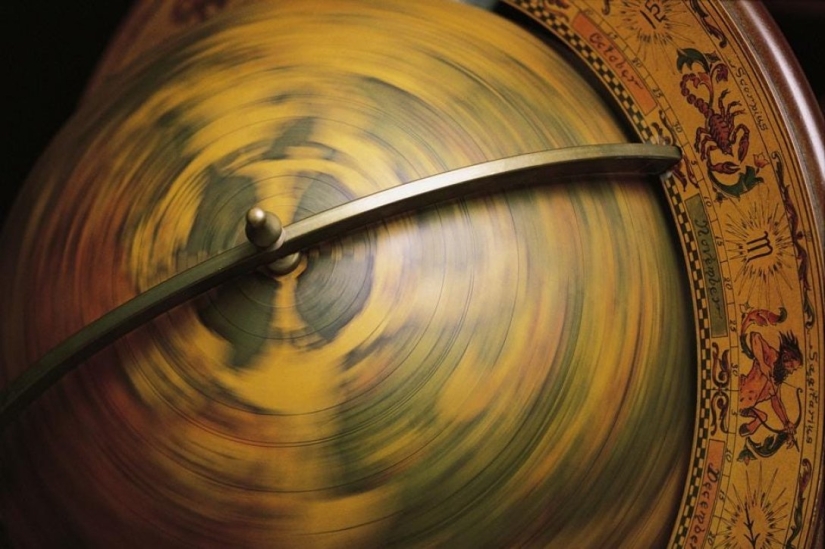
1. New Earth Rotation Speed Record
But on June 29, 2022, a record of its rotation was recorded on Earth - on this day the planet rotated around its axis 1.59 milliseconds faster. The next such case of record speed was recorded on July 26 of this year, and then the speed of the Earth allowed the planet to complete a revolution 1.50 milliseconds faster.
The previous record was set on July 19, 2020, when the Earth's rotation took 1.4602 milliseconds less than usual.
The faster the planet rotates, the more catastrophic the consequences will be.
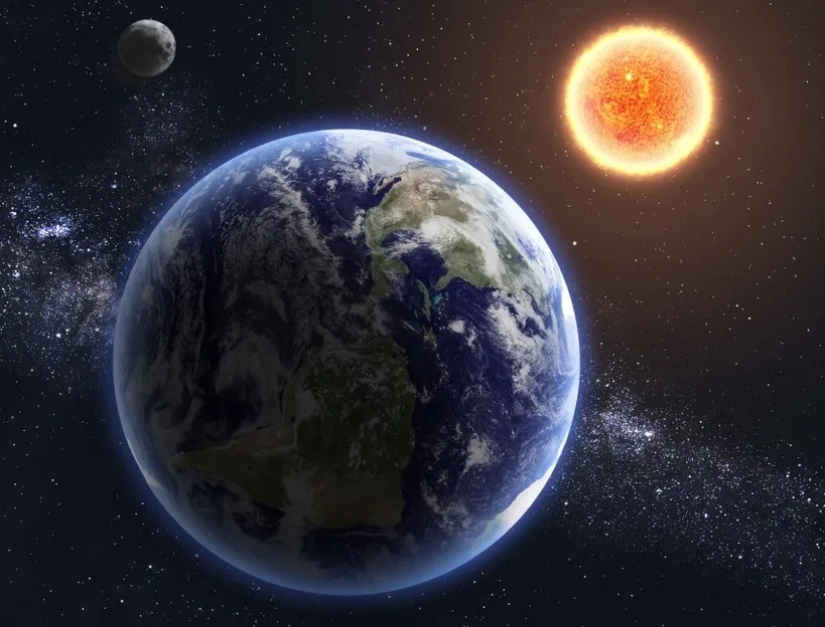
2. Weight loss
The centrifugal force from the rotation of the Earth is constantly trying to throw you off the planet like a child off a merry-go-round. As long as gravity is quite strong and keeps you on the ground. But if the Earth spins faster, centrifugal forces will gain momentum, says NASA astronomer Sten Odenwald.
Currently, if you weigh about 50 kilograms in the Arctic Circle, you will weigh 49.5 at the equator. Because due to the additional centrifugal force that is generated at the equator, gravity becomes weaker. The faster the planet rotates, the less your weight will be.
Odenwald calculates that if the equator accelerates to 30,000 km/h, the centrifugal force will be enough to make you feel weightless. Unless, of course, you are still alive.
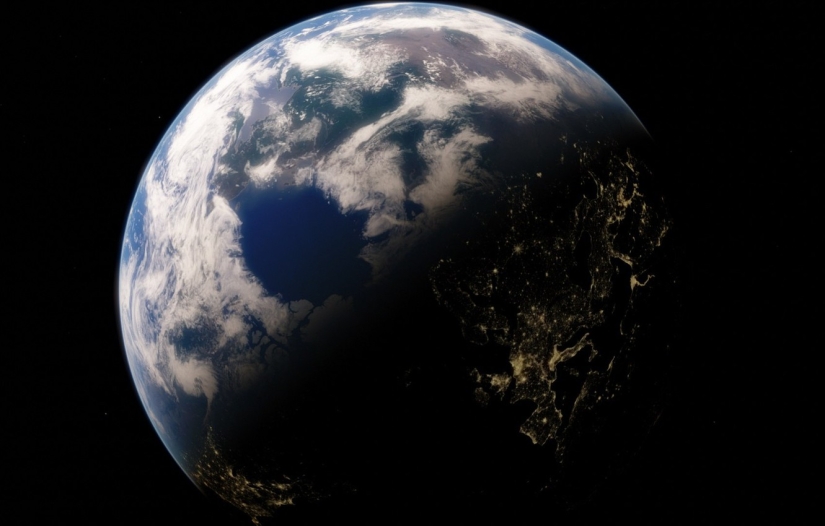
3. Constant jet lag
The faster the Earth spins, the shorter our days will be. For each 1 km/h increase in speed, the day will be a minute behind our internal clock, which is tied quite strictly to a 24-hour cycle.
But if we rotate 200 km/h faster than usual, the day will last about 22 hours. For our bodies, this will be tantamount to a constant translation of the hour hands. We will have to set our internal clock back two hours every day, preventing the body from adjusting. And the change in the length of the day is also unlikely to please plants and animals.
All this will only make sense in the event of a sudden acceleration of the Earth. “If the speed increases gradually over millions of years, we will have to adapt to it,” says Odenwald.
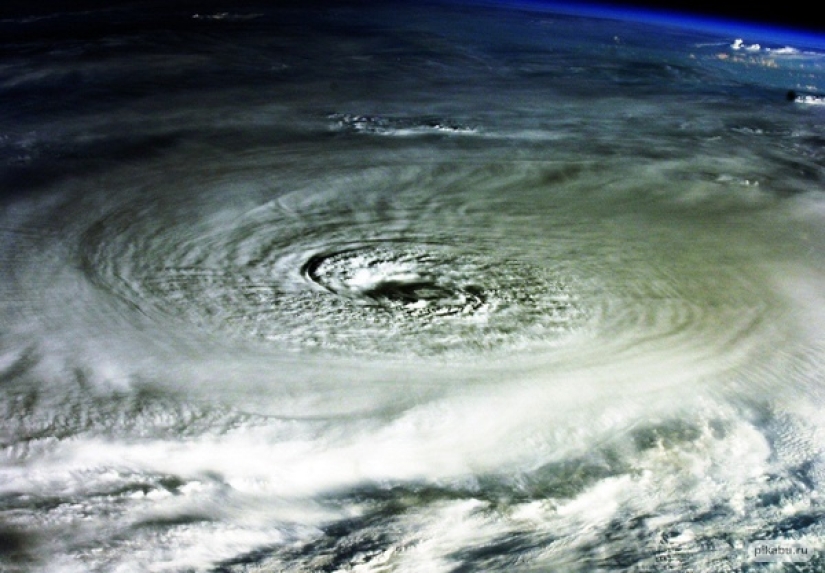
4. Powerful hurricanes
If the rotation of the Earth is accelerated slowly, it will drag the atmosphere with it - and gradually we will notice changes in the weather and the movement of the winds. “Temperature differences will continue to be the main driver of the winds,” says Odenwald. However, extreme weather can become more destructive. "Hurricanes will move faster and carry more energy."
The reason, of course, is that we have already discussed: at the equator, the Earth rotates faster.
If the Earth did not rotate at all, the winds from the north pole would blow in a straight line towards the equator and vice versa. But as we rotate, the path of the winds deviates to the east. This curvature of the winds is called the Coriolis effect and gives rise to the twisting of hurricanes. And if the Earth rotated faster, the winds would go further east. The rotation of hurricanes would be even more severe.
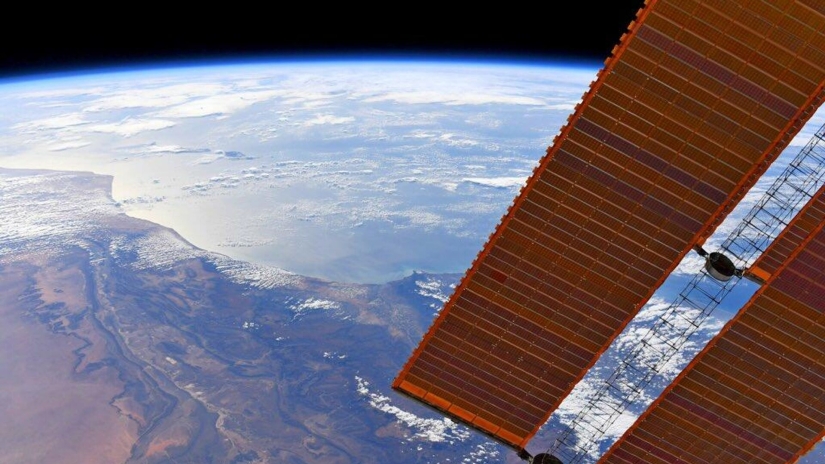
5. Water world
The extra speed at the equator means that water will begin to accumulate there. An acceleration of 1.5 km / h will cause the water at the equator to become several inches deeper in a few days.
At a speed of 150 km / h, the equator will begin to flood. The Amazon basin, Northern Australia, and the islands of the equatorial region will go underwater - from 10 to 30 meters deep.
If we double the speed at the equator so that the Earth spins 1500 km faster, "it will be a disaster." Centrifugal forces will pull hundreds of meters of water to the waist of the Earth. "With the exception of the highest mountains, such as Kilimanjaro, or the highest peaks of the Andes, I think the entire equatorial region will be covered with water." This additional water will be drawn from the polar regions where the centrifugal force is lower. Therefore, the Arctic Ocean will become shallower.
Meanwhile, the extra centrifugal force from rotation would mean that it would be easier to fight gravity at the equator. The air in these regions will be very humid, with thick fog and heavy clouds. It will rain constantly.
Finally, at an acceleration of 25,000 km / h, the centrifugal force at the equator will correspond to gravity. After that, "the rain will go in the opposite direction." Water droplets will move up into the atmosphere. At this moment, the Earth will rotate 17 times faster than now, and there will be no witnesses of this magnificent spectacle in the equatorial region.
“If those few unfortunate people are still alive after most of the Earth's water is carried into the atmosphere and beyond, they will want to leave the equatorial region as soon as possible. At least in the middle latitudes.
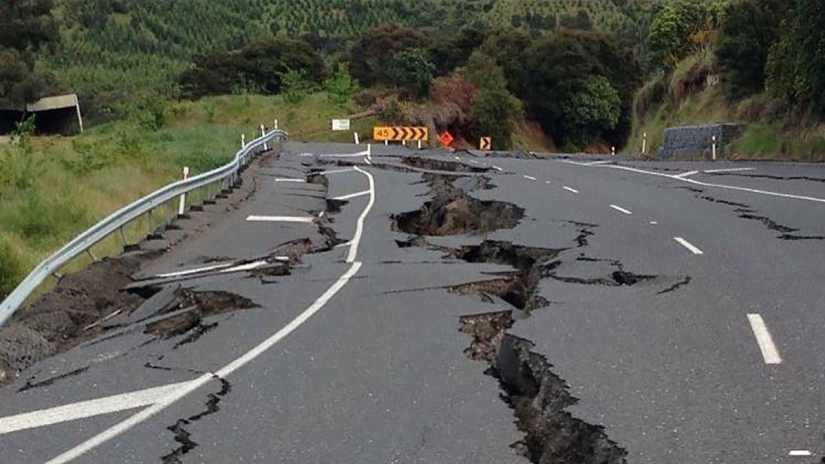
6. Earthquakes
At a very high speed - again, about 40,000 km / h - and in thousands of years, the earth's crust will also shift, flatten at the poles, and bulge along the equator.
Earthquakes will be huge. The tectonic plates will move faster and it will be a disaster for life on the globe.
With all this, the speed of the Earth is constantly changing, says Odenwald. Earthquakes, tsunamis, large air masses, and melting ice change the rotation of the planet at the millisecond level. 4.4 billion years ago, after a terrible collision of the Earth with a celestial object, the Moon was formed. At that time, the shape of our Earth was flattened, and it rotated so quickly that the length of the day was only four hours. That event greatly changed the shape of the Earth and almost completely fragmented the planet. Will it happen again? Let's hope not. Since the formation of the Moon, the Earth has been slowing down by 8 kilometers every 10 million years, due in large part to the gravitational pull of the Moon. Most likely, in the future, the rotation of the Earth will slow down, not accelerate.
"There is no conceivable way to dramatically accelerate the Earth's rotation," says Odenwald. “In order for the planet to spin faster, it needs to be hit with the right force with the right object, but this will inevitably lead to liquefaction of the crust, so we will still die.”
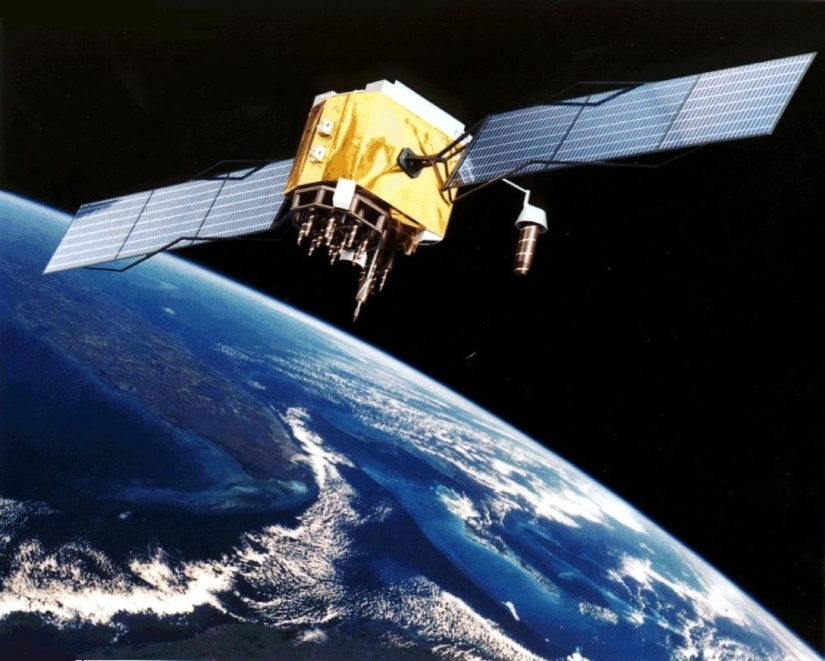
7. Consequences of changing the speed of the Earth's rotation
The fact that the Earth rotates faster can have negative consequences for the operation of GPS satellites, as well as computers, smartphones, and communication systems. The atomic clocks that satellites use do not account for these changes.
If the Earth rotates faster, then a certain place on the planet's surface will appear much earlier than the satellites suggest. For example, 0.5 milliseconds of time equals 26 centimeters of surface distance. This means that the satellite can no longer accurately show the location of an object.
Keywords: Earth | Earth rotation speed | Rotation speed | Planets | Galaxy | Space | Nuclear war | Climate change
Post News ArticleRecent articles

May West once jokingly said that she should be given a license to invent sex, which she discovered for Americans. The name of this ...

Thailand is a kingdom of amazing beauty, where the colors of nature mingle in a captivating palette of rich and varied landscapes. ...
Related articles

Artist Benjamin Grant pays special attention to the pictures of our planet from above. But it shows he is not the wild and ...

These amazing photos allow you to look at the Earth with completely different eyes. Even if you have never been to Florida, ...

Nature is not to be trifled with. While we are struggling to live in harmony and harmony, she constantly reminds us of her cruelty ...

In the late 1960s and early 1970s, thousands of young people from all over the world embarked on an incredible journey that would ...